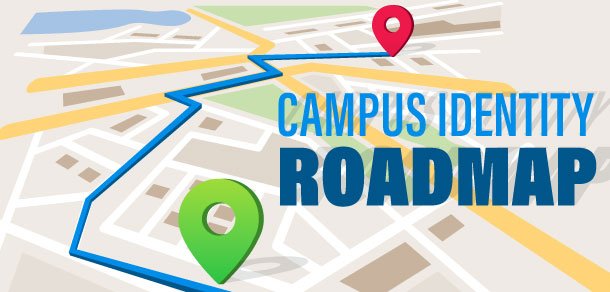
How senior campus leadership can navigate identity decision-making
There are obvious elements that should be included in any campus’ identity roadmap and then there are unique elements that only apply to each specific institution. All roadmaps should address current identity environments, goal states and migration timelines for key component areas. These include:
Setting migration dates is an important aspect of the timeline – for example the goal to migrate to contactless smart card technology within thirty-six months – because it can help to prevent uninformed decisions in the interim. For example, if the plan to migrate to contactless is looming, it would be foolish for a department to invest in a large, new deployment of access control readers for existing prox cards.
The roadmap would help inform such a decision, and advise that department to consider either (1) deploy multi-technology readers that can read both prox and contactless or (2) delay the deployment until the campus’ contactless migration is complete.
This is just one of many situations that a comprehensive Identity Roadmap can mitigate for a campus and its many stakeholders. “By laying out industry best practices, emerging trends and leading products, a campus can map out a plan that can prevent unnecessary headaches,” says Smith.
Once in place, the Campus Identity Roadmap will serve as a clear technology on-boarding guide for the institution. The result, Smith says, is a breaking down of departmental siloes, enhanced customer services and safety, and the creation of a more unified campus.
Moving the needle on a college campus is easier said than done. It often requires participation and clearance from numerous departments. In addition to identifying a “champion” for the cause, Smith stresses that stakeholders utilizing the campus card must come together to discuss existing and emerging identification trends.




